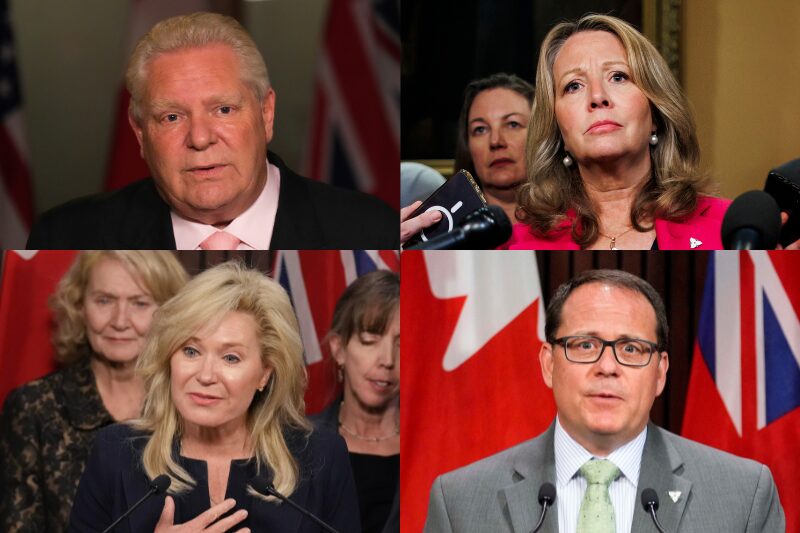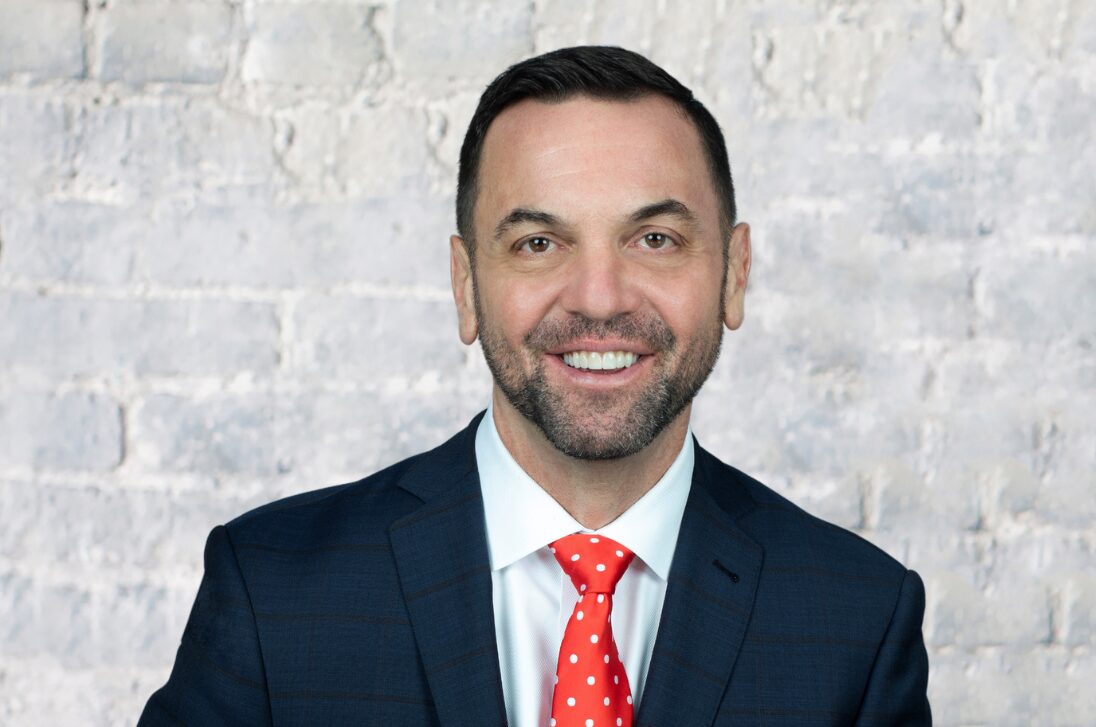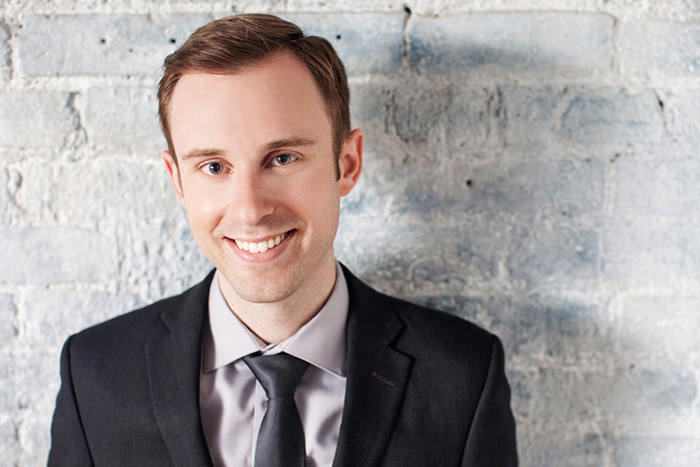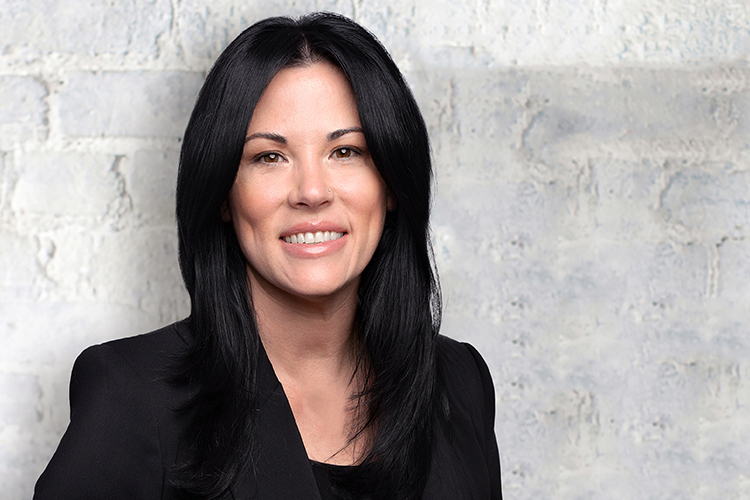We get it. Elections are unsettling: they’re often unpredictable, always disruptive and endlessly intoxicating for the political watchers among us.
Counsel’s Ontario team has kept its ear to the ground of the Ontario political environment to bring you our 3 keys shaping the 2025 Ontario Election.
1. Doug Ford and the PC Party see a very favourable political environment and an opportunity to extend their majority mandate.
As Counsel predicted in its pre-election forecast, Premier Doug Ford is persuaded that the political environment and timing are right for an early election call.
The strategic calculus facing the PC Party government’s decision to call an early election is driven largely by the federal and international political situation. Weak support for Prime Minister Justin Trudeau’s Liberal government in Ottawa makes a federal Conservative victory before the end of this year very probable. Ford’s Conservatives have worked hard to establish their own conservative political brand (“Ford Nation”). Concern that a fast-moving Pierre Poilievre agenda to undo many Trudeau-era priority projects after taking office could lead to voter frustration with having both the PCs in power in Ontario and the Conservatives in Ottawa. Add to that a global anti-incumbent sentiment that’s hard to ignore.
Decision-making accelerated over the past month with the sudden resignation of Federal Finance Minister Chrystia Freeland, followed by Trudeau’s decision to step down as Prime Minister and prorogue Parliament. That meant Premier Ford and his advisors needed to contemplate the possibility of a successful non-confidence vote and a Federal election as early as this spring.
Ford cannot go to the voters with this argument, however. President Trump and the threat of tariffs give Premier Ford a tempting public reason to go to the polls.
The choice to call an early election was made considerably easier by strong poll numbers. The PC Party is consistently polling in the low-to mid-40s across numerous surveys – well within the range needed to secure a renewed or expanded majority mandate. The incumbent party enjoys – at minimum – a high single-digit or double-digit lead over its nearest challenger, and no clear alternative or Premier-in-waiting has yet emerged from either of the three opposition parties: the Ontario NDP, the Ontario Liberal Party and the Green Party of Ontario.
Make no mistake: the decision to call an early election is not purely defense against future risks. They’re in a growth mindset – strong support for the Premier creates the possibility of PC Party victories in seats across the province that once seemed out of reach.
2. Trump and tariffs are poised to be the defining story of the campaign.
President Trump has wasted little time in re-installing his brand of attention-grabbing governance in the White House. Trump continues to strike an aggressive tone about imposing tariffs of up to 25% on all Canadian export goods into the United States, proposing a deadline of as early as this coming Saturday, February 1st. The impact of these proposed tariffs to the Ontario economy is potentially destructive, with worst case scenario forecasts suggesting as many as 450,000 Ontario jobs could be at risk.
Ford has responded with a defiant and direct message about Canadian sovereignty (“Canada is Not For Sale”), keeping aggressive retaliatory measures on the table, while projecting strong confidence in the strategic potential of greater Canadian and American economic cooperation (“Fortress Am-Can”). Polling shows that voters are responding to these messages, demonstrating the axiom – it’s not what you say, it’s how you say it.
The PC Party campaign wants the ballot question confronting Ontarians to be: which leader do you trust to take Ontario through uncertain times? Ford has justified his early election call as necessary to seek a mandate from Ontario voters to pursue all measures necessary to protect Ontario’s economic stability. The message is clear – Protect Ontario – and it’s the campaign slogan. At the same time, opposition parties will struggle to find space to deliver their messages in a media environment that is increasingly fragmented and driven by social media rather than legacy outlets.
3. The battle for second place.
All signs point to the Ontario NDP and Ontario Liberal Party being locked in a tight battle for second place. To the victor will go the spoils: the Official Opposition and a potential advantage to win in 2029 following over a decade of Doug Ford and PC Party government. The first step will be to avoid a repeat of the last two provincial elections. In both the 2018 and 2022, near-even vote splitting between the two parties was an important factor in delivering strong PC majority governments. Both opposition parties know that a third time won’t be the charm. (The Green Party appears well-positioned to hold onto its existing seats and will be looking to add a couple of new members to its caucus).
With both parties now led by strong female leaders and effective communicators, they will be aiming to clearly differentiate themselves with clear alternatives to the Doug Ford PCs. Each is taking a different approach to engage voters as they take their respective parties into their first campaigns as leader.
For Marit Stiles and the NDP, the campaign push is an effort to return to the party’s populist roots, aiming to recapture some of the party’s traditional working-class base while aiming for suburban breakthroughs with appealing opening salvos like removing tolls from the 407. Finding new areas to grow support will be critical to retain their status as Official Opposition against a diminished Ontario Liberal Party that may have nowhere else to go but up.
Bonnie Crombie’s Liberal campaign is striking a self-stated centrist tone, aiming to make the campaign a referendum on the Ford Government’s leadership on the issues of healthcare, cost of living, and crime and safety. At the same time, Crombie is working to present herself as a clean break from the Wynne and Trudeau legacies – recognizing the strong headwinds impacting the Liberal brand and still registering in voter’s minds.
Engaged opposition voters may be rather ruthless in their calculations and the possibility of a late move as a mass towards whichever challenger looks to be in the strongest position heading into the campaign’s final days.
Every election brings uncertainty and change, even when the status quo may seem to be a likely outcome. The multipartisan Ontario team at Counsel Public Affairs is at the heart of politics and decision-making in the province. Over the next four weeks, Counsel will be bringing you the high impact information that you need to know about where the province is heading, and what it means for you. We’re ready to help you and your organization prepare for success in engaging with Ontario’s incoming government.
Tim Hudak
Partner
thudak@counselpa.com
Devan Sommerville
Vice President
dsommerville@counselpa.com
Johanna Chevalier
Associate Vice President
jchevalier@counselpa.com
Felix Burns
Account Director
fburns@counselpa.com
Chris Ball
Vice President
cball@counselpa.com






